Following yesterday’s article, this article is mainly based on ICCT’s "Too low to be true? How to measure fuel consumption and CO2 emissions of plug-in hybrid vehicles, today and in the future" to do some sorting, and then based on some NEDC and WLTC estimates The difference between the two, of course, looking at it now, the actual vehicle is quite different.
1) Test method before UN R101
The previous test methods in Europe mainly refer to UN R101: Energy consumption and cruising range of electric vehicles
The operation of PHEV is divided into two stages, charge Depletion (CD)
And battery maintenance phase (Charge Sustaining, CS)
After the vehicle is fully charged, the vehicle reaches the set temperature, and a type I test operation cycle can be carried out.
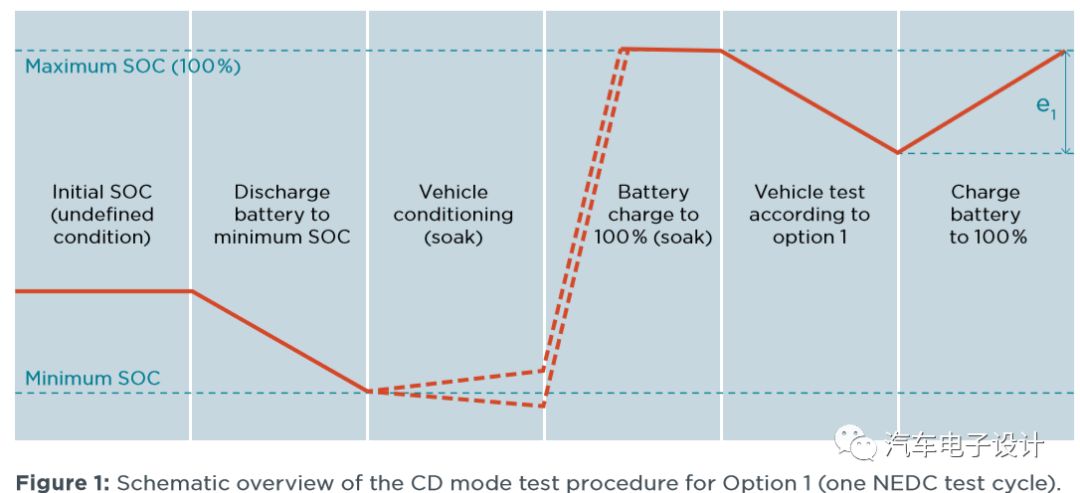
The energy storage device is in the highest state of charge at the end of charging
Discharge the battery to the lowest SOC state and leave the vehicle at 20°C-30°C. Perform a NEDC test cycle
After the test, the battery is charged to the maximum SOC, and the power required during the charging process is measured
The battery is discharged to its minimum Soc, and then charged to the maximum Soc, and the power required for this final charging process is measured
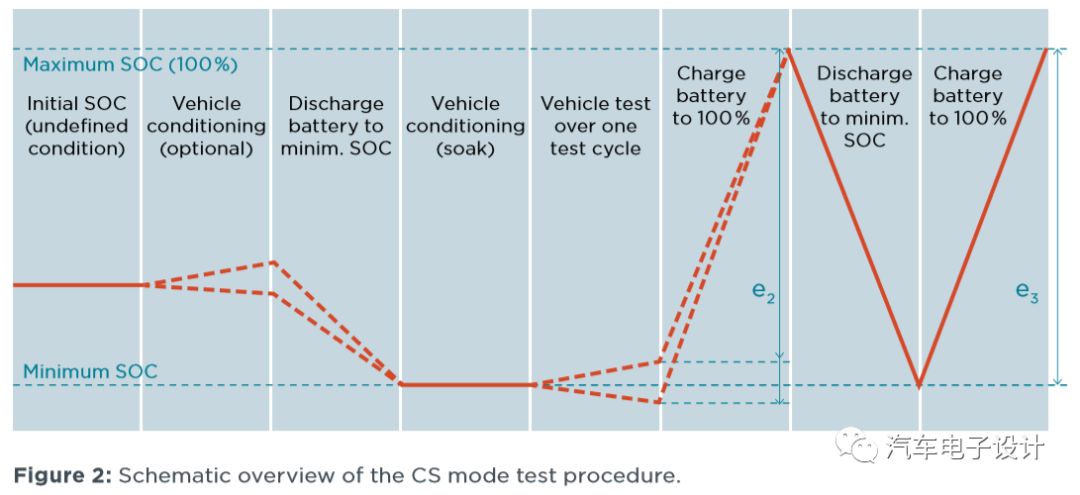
The energy storage device is in the lowest state of charge at the end of operation and discharge
Pure electric driving range AER test indicator: the vehicle starts from a fully charged state and runs under NEDC conditions until the vehicle meets the mileage of 50 km/h.
Final calculation
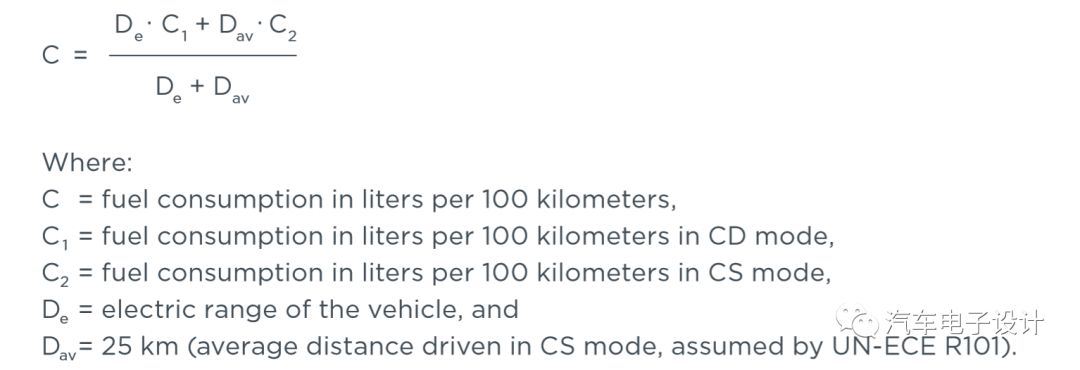
The two-stage trade-off is calculated by directly assuming that the average mileage Dav between two charges is equal to 25km. The weight coefficient corresponding to the fuel consumption C1 in the CD stage is the ratio of the pure electric driving range De to the total mileage, and the weight coefficient in the CS stage is the average mileage Dav between the two charges of the energy storage device in the total mileage. The total driving range is the sum of the pure electric driving range De and the average driving range Dav between two charges of the energy storage device
Remarks: Our country's "GB/T 19753-2013 Light-Duty Hybrid Electric Vehicle Energy Consumption Test Method" is also mostly based on this
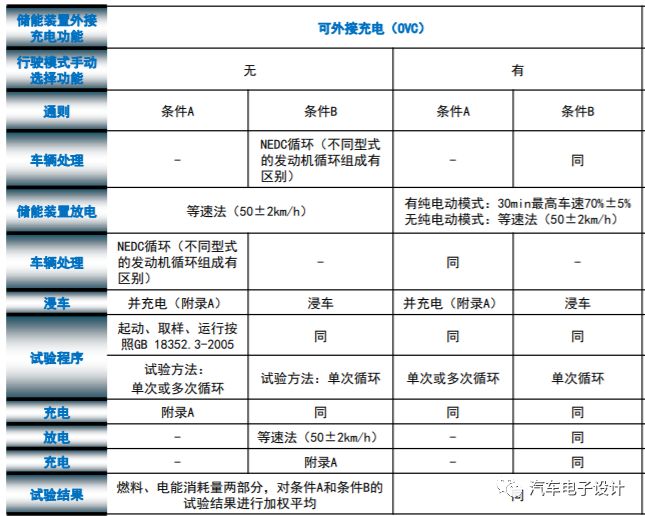
The second part of the new requirements of WLTC
At present, the entire testing program will be forced to switch to WLTP in Europe. The main key changes include:
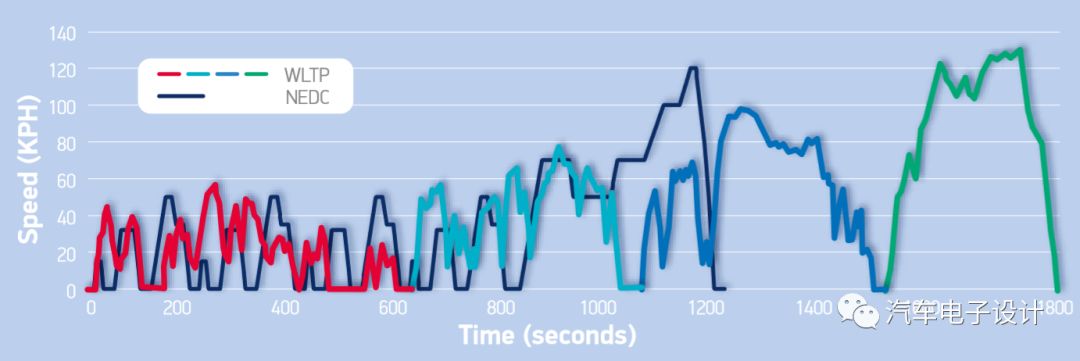
The NEDC test cycle will be replaced by WLTC, which is more representative of actual driving behavior. The electric mileage in WLTP and the fuel consumption of PHEV will be closer to the situation observed by car owners under daily driving conditions. Compared with the range based on neDc, it is pure Electric mileage is expected to be reduced by about 25%
The weighting factor of the NEDC test of 25 km is arbitrary. WLTP introduces a variable weighting factor (called the utility factor) to more accurately describe the drive ratio under CD and CS as a function of electrical range
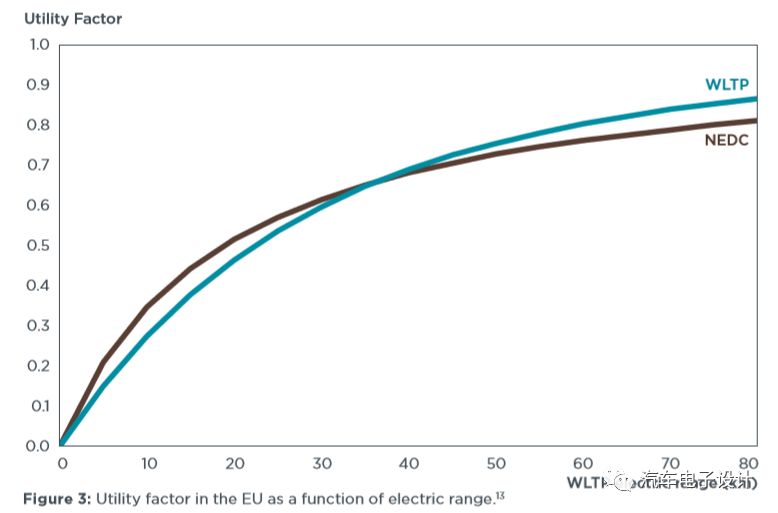
The WTLP test procedure is composed of two sections into one section. For example, the following SOC fluctuations are due to the working conditions
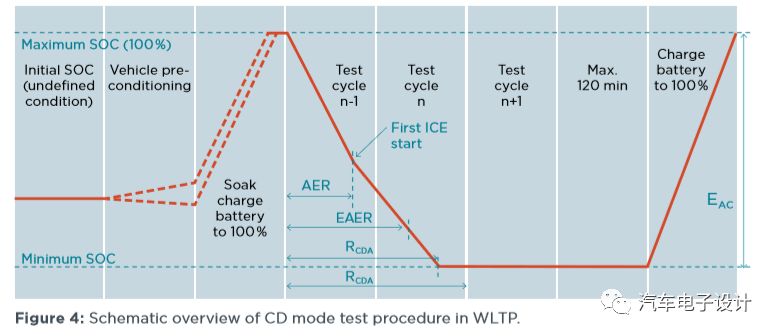
This is actually the complete process before
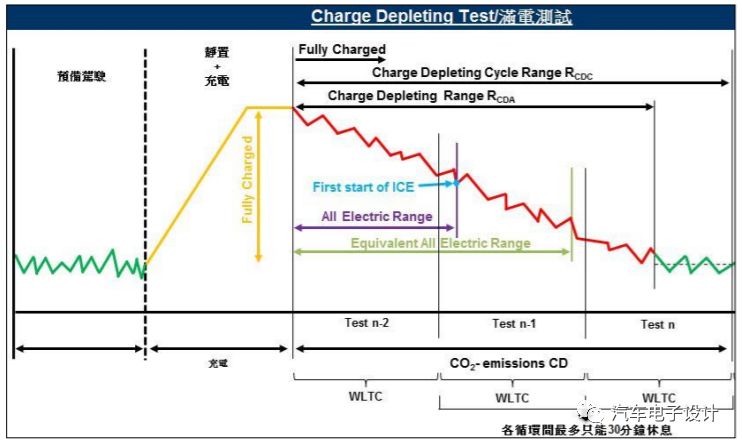
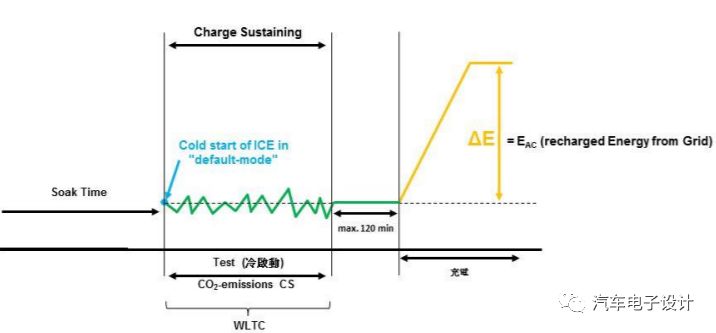
The calculation of energy consumption and electricity consumption includes data on fuel consumption C, electricity consumption EC, equivalent full electric mileage and pure electric mileage.
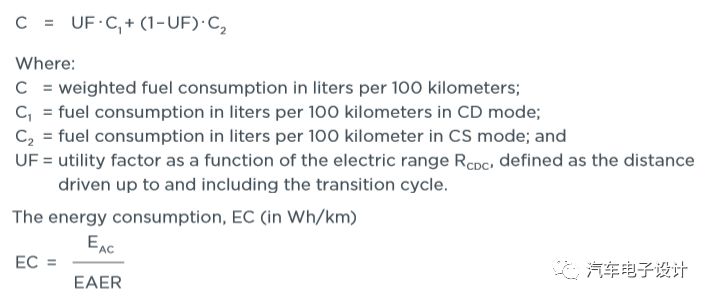

In fact, this change in the level of testing has directly changed PHEV’s demand for batteries. Some preliminary conclusions were given in "From NEDC to WLTP: effect on the type-approval CO2 emissions of light-duty vehicles": after 2020 In order to further reduce the carbon emissions of PHEVs, the batteries must be further enlarged. The following estimates are based on the conversion of NEDC and WLTP. Actually, there may be differences according to the requirements of the test procedures. We will continue to discuss this in the future.
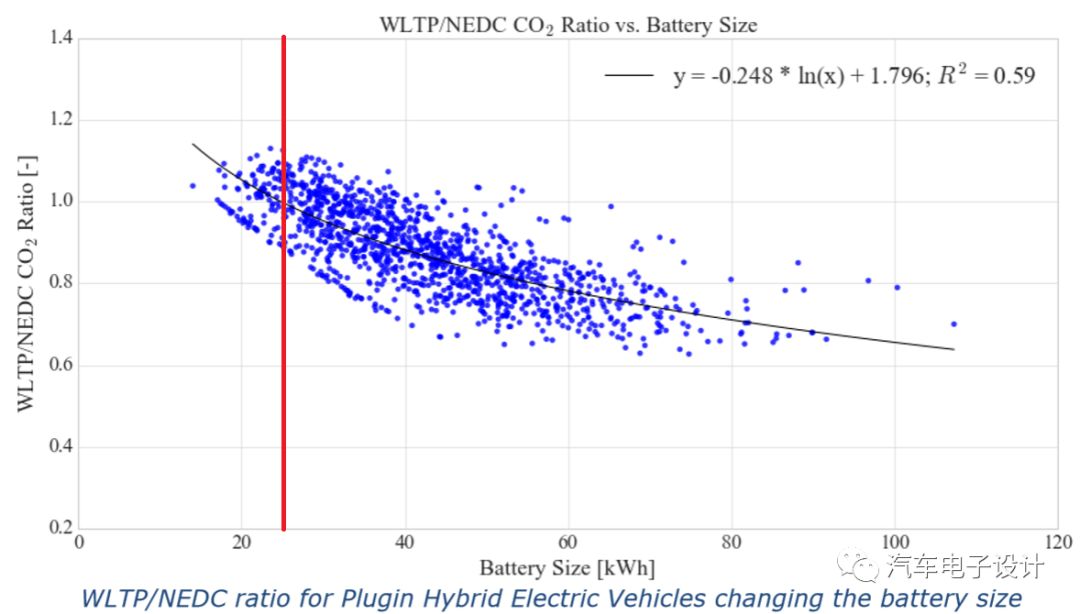
Summary: In the future, we will see the mileage of more PHEVs become larger and larger, but this is based on the conditions that European subsidies still exist. I think the development of PHEVs will become under the new WLTP compliance procedures. Not so easy anymore
Oil Contamination Detection Transmitter
oil contamination detection transmitter
oil contamination detection transmitter,oil contamination detection transmitter price,oil contamination detection transmitter product
Taizhou Jiabo Instrument Technology Co., Ltd. , https://www.taizhoujbcbyq.com